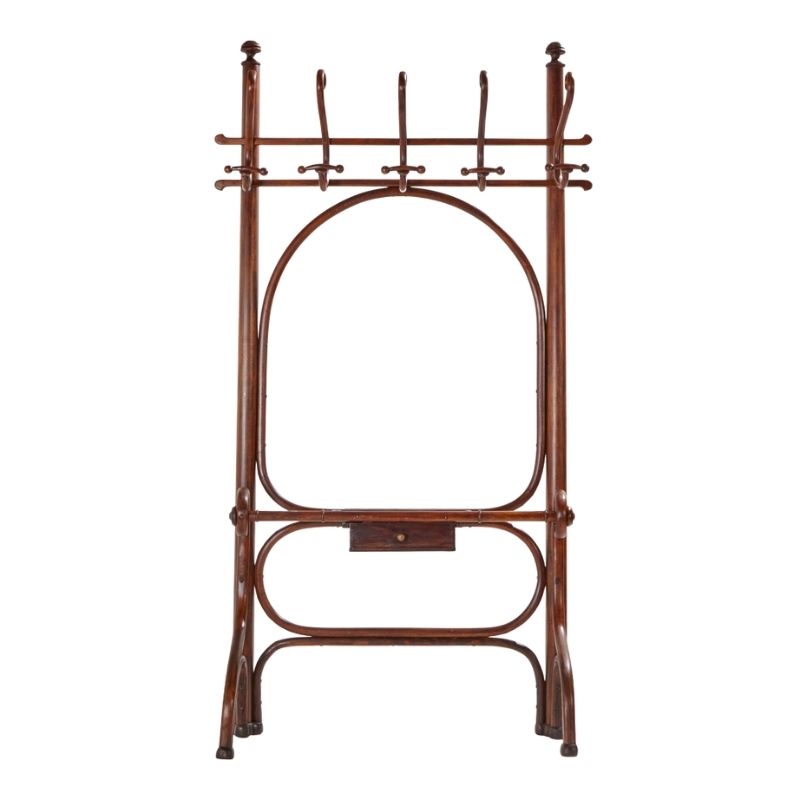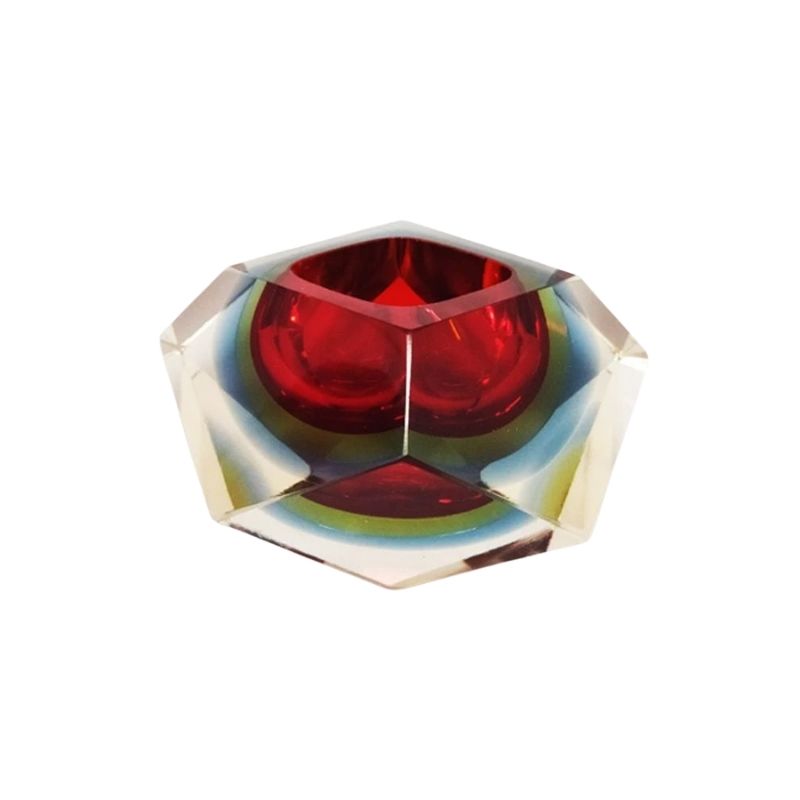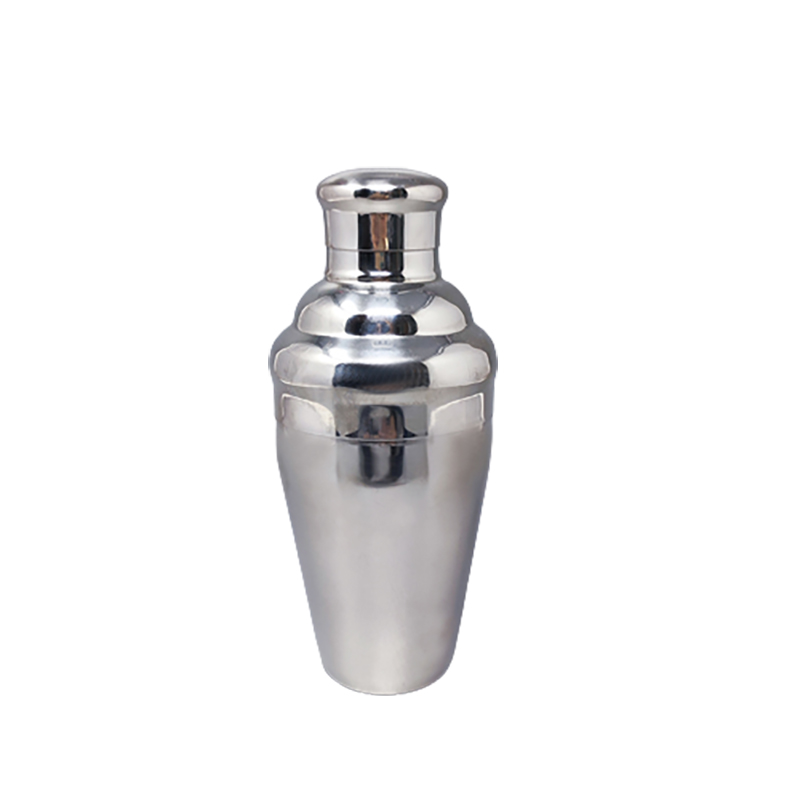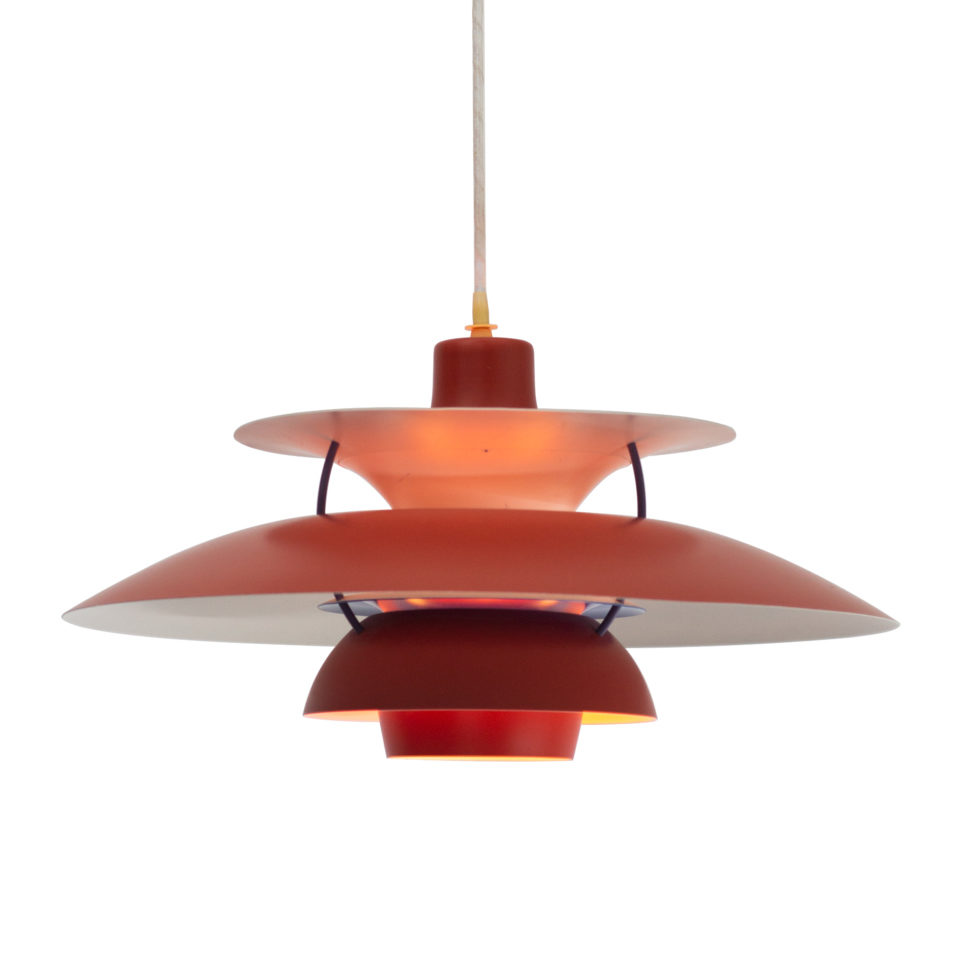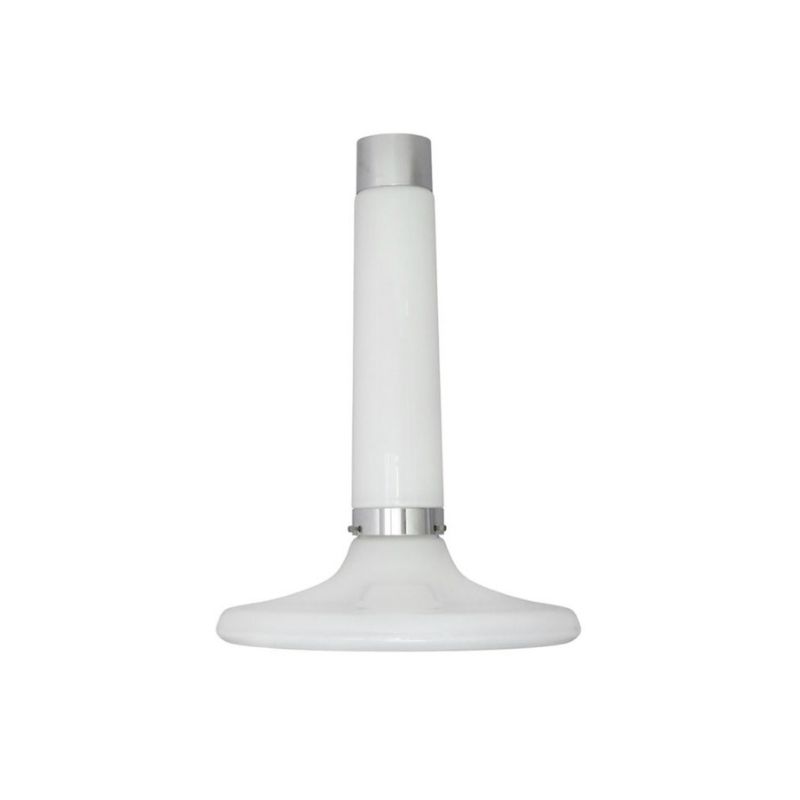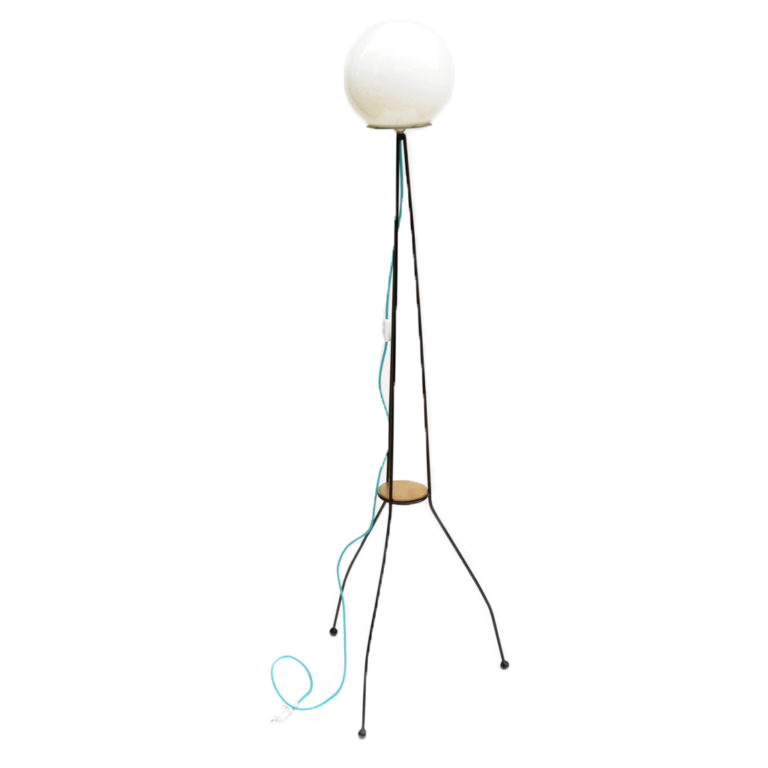I recently purchased a set of what I think are Erik Buck model 49 dining chairs that need some love. Most of the joints are loose. The backrests are held in with screws hidden behind wood caps, some of which are missing. And the frames are held together, it looks, by dowels.
I've restored finishes before, but I've never repaired loose joints on chairs like this before and wanted to get some advice on how to go about it. Also I could use some advice on how to source replacement screws and wood caps for the seat backs.
Thanks!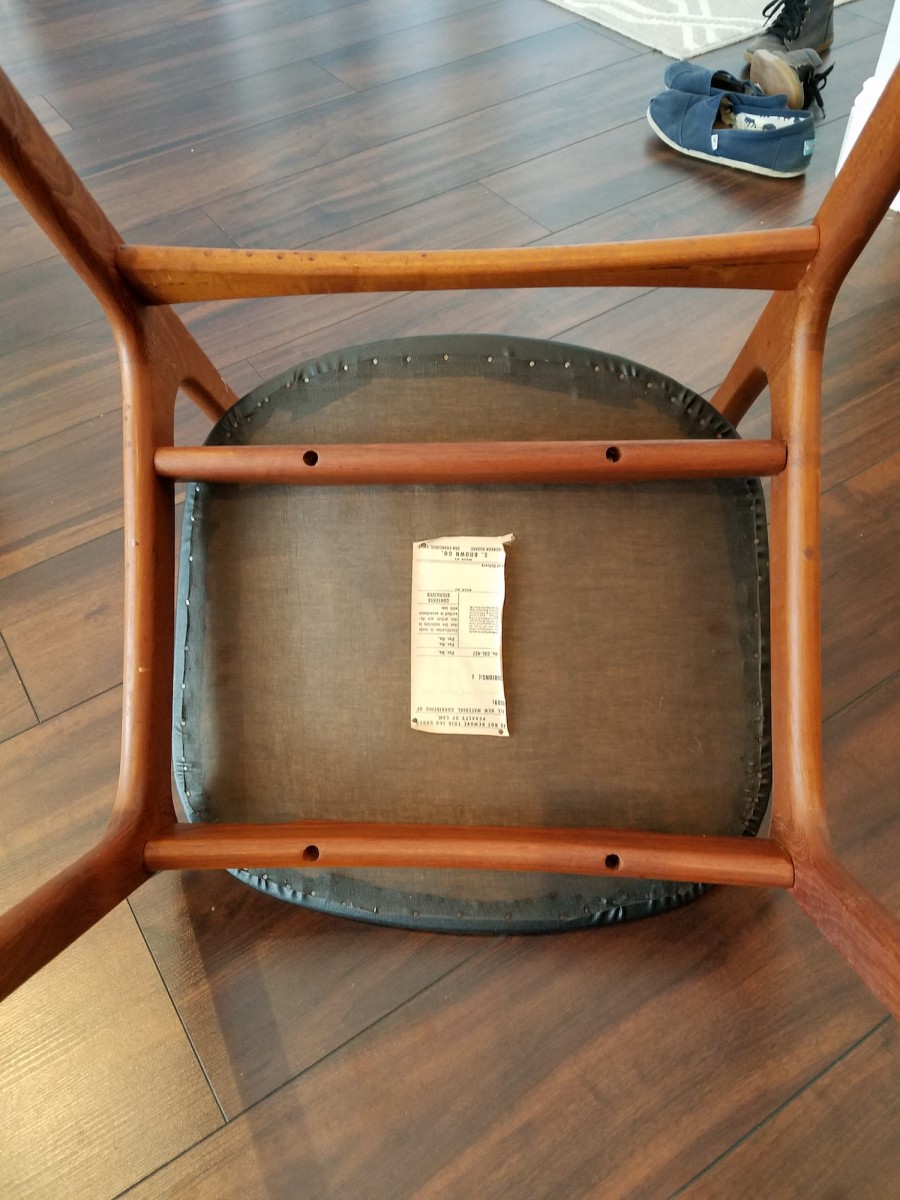
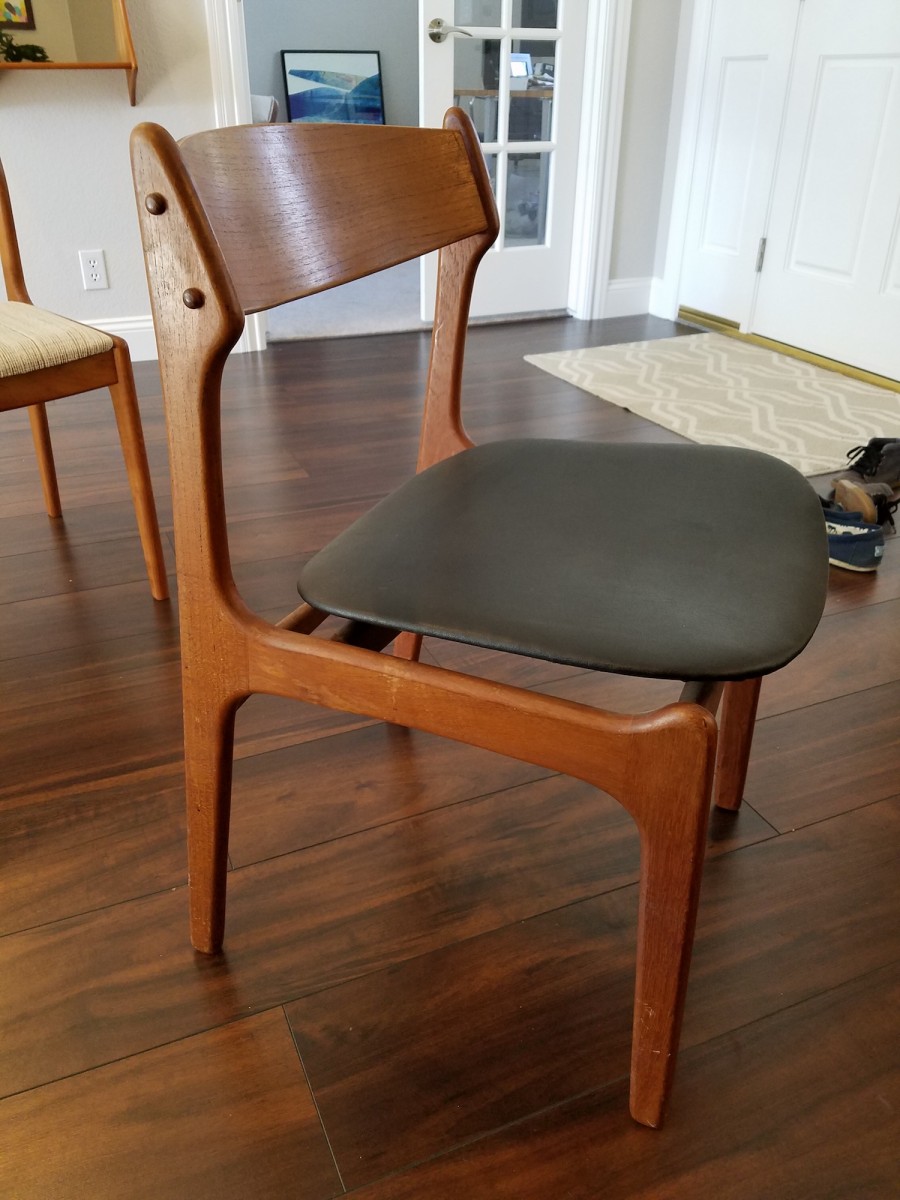 <img class="wpforoimg" src=" http://d1t1u890k7d3ys.cloudfront.net/cdn/farfuture/li_fYh_4AVVx0YZ
<img class="wpforoimg" src=" http://d1t1u890k7d3ys.cloudfront.net/cdn/farfuture/li_fYh_4AVVx0YZ
Get a dead blow mallet and a little steamer. Steam the joints and delicately tap them open. Clean off the old glue, and re-glue. Make sure you dry fit your clamps on. And you HAVE to clamp the joints while they dry are you are doing more harm than good.
You could check eBay for plugs, or find a local woodturner to make you a few out of teak.
The dowels are likely to stay in the cross members, and come out of the side members (there is very little good glue surface are in a side grain hole). So just use the existing dowels.
The steam softens the glue and the deadblow mallet eases it apart.
Plain Titebond (ie not II or III), or if you prefer use hide glue, perhaps Titebond's liquid hide glue.
I am most of the way through with cleaning and re-gluing these chairs and it's going good so far. One thing I'm unsure of though... the backrests are held on with 2 small screws on each side and even with the screws installed the backrests aren't completely solid. I don't want to torque the screws too much since the wood they're going into is very thin and seems delicate, and longer/bigger screws don't seem like an option due to the thin/curved nature of the backrests (see picture). I'm wondering if I should just lightly glue the backrest to the sides of the chair. Any potential drawbacks in doing this? Would it even hold if I did? If so, should I glue inside the screw holes or just glue the sides of the backrest to the sides of the chair?
On the issue of the replacing the plugs: the ones you buy in the US are not metric and won't fit the holes very well. If they're the mushroom type plugs, which i think they are, then you can get the slightly too-small size and stick them in place with some Museum Wax (available where candles are sold as sticky wax dots for securing candles in candleholders). This is better than glue because you can easily remove the plugs in the future if you ever need to, and it has very good gripping power provided you use enough of it. The mushroom top will cover the gap.
I've had best results with oak plugs stained to match teak. If you pick through them, you can find some with graining that's a pretty good match. I saw some teak plugs once on ebay, I think, from a UK seller--in the proper metric sizes for Danish furniture. I've never seen them from any US retailer or distributor and I've done a lot of looking.
I think a plug cutter just cuts straight sided plugs, right? They'd probably be fine, but do get some extras made if you go this route. If you ever need to remove a straight sided plug in the future, you will most likely have to destroy it to get it out, unless it wasn't tapped in flush.
@Leif - the picture I posted is of a top down view of the backrest. Since the backrest is curved, if I put longer screws in they'll likely shoot out the front of the backrest.
@Spanky - I haven't went about sourcing plugs yet, thanks for the tips. For now I'm just unsure about how to secure the backrests so they don't wiggle.
try sticking a wood toothpick (or two) into the hole before screwing. If not too much wood loss, the toothpicks do a nice job of filling in empty spacing, deforming as needed by the screw, to help get a tighter hold.
Doesn't work every time, but this ultra-low tech and cost fix is a good one to have in the database.
If you need any help, please contact us at – info@designaddict.com



